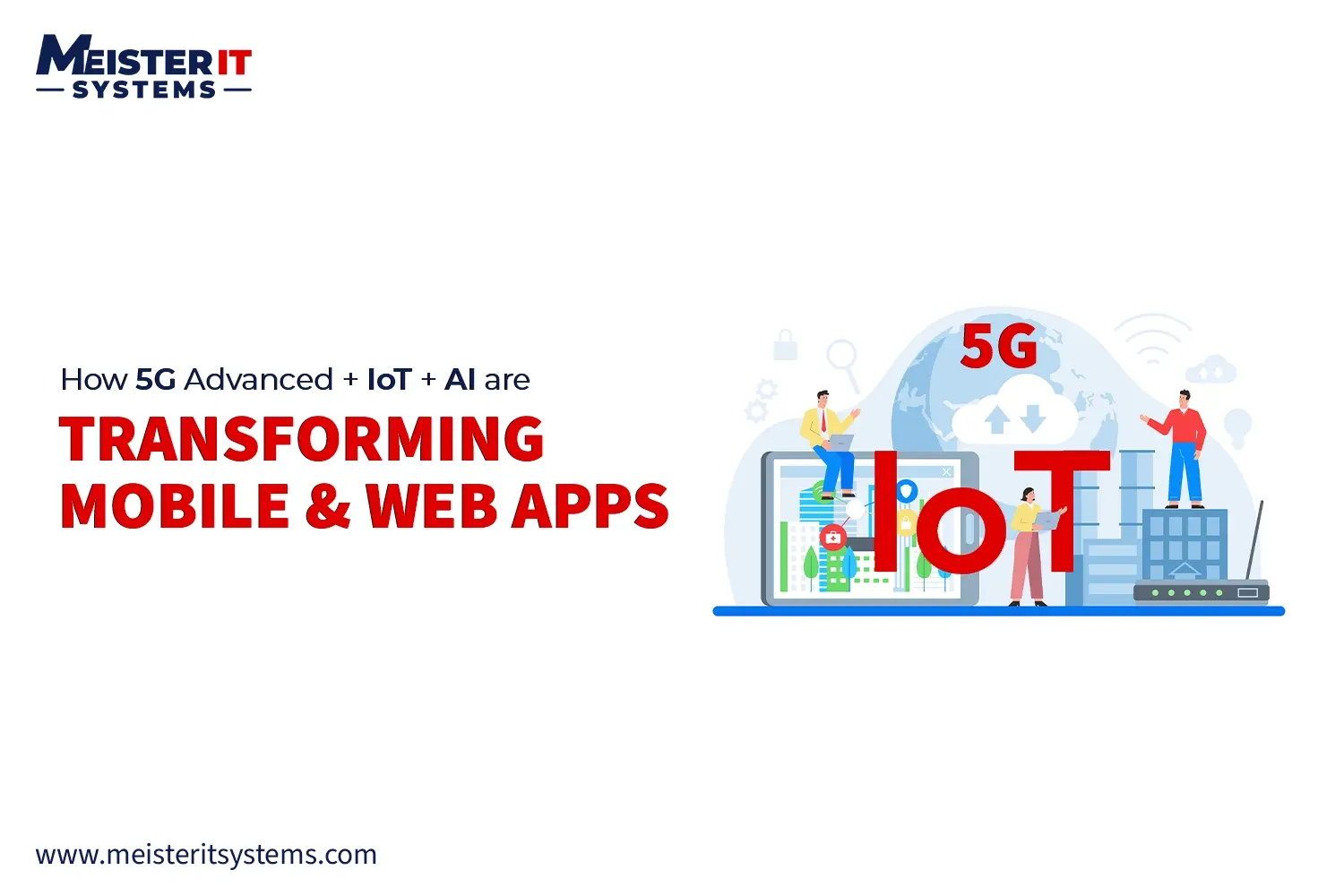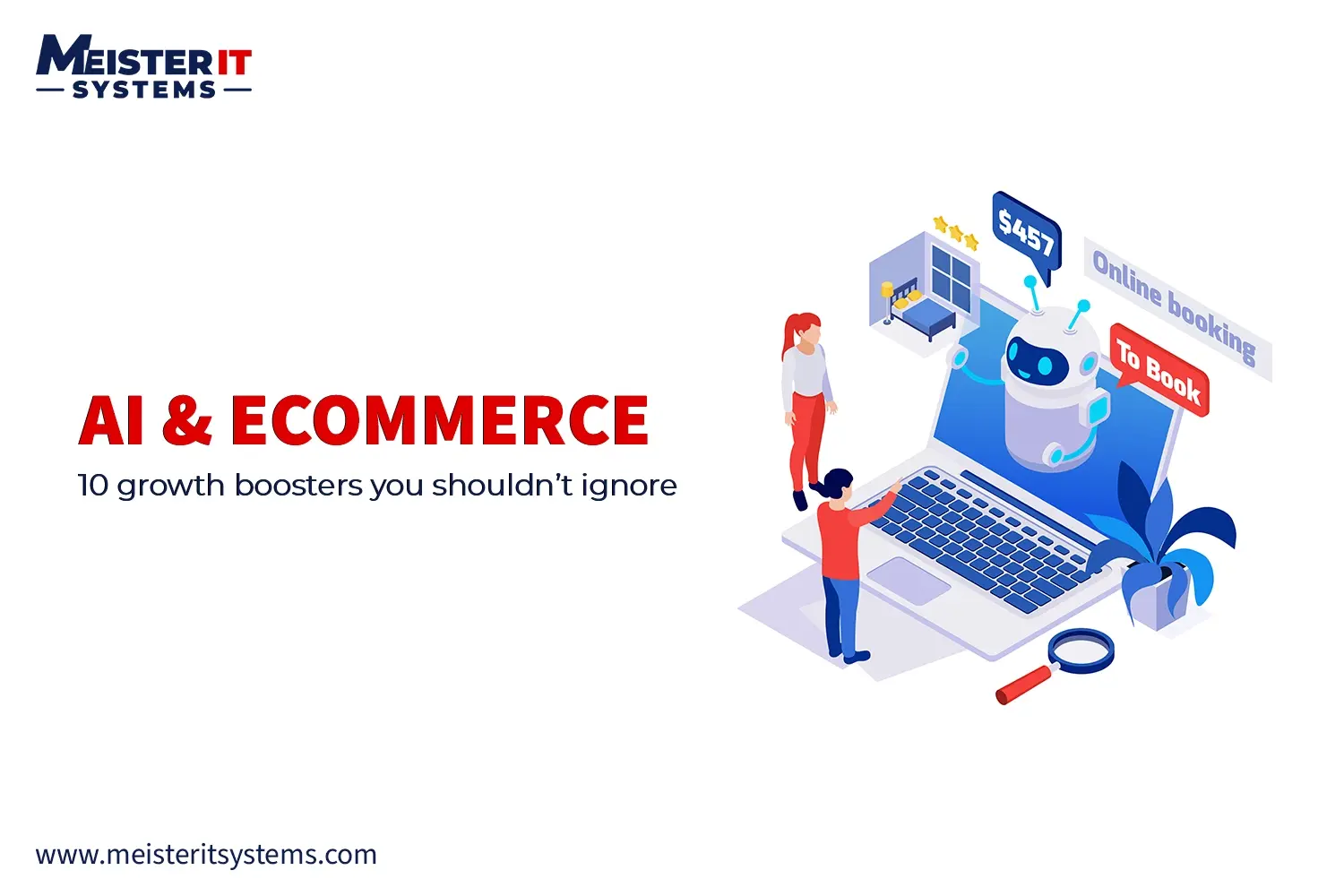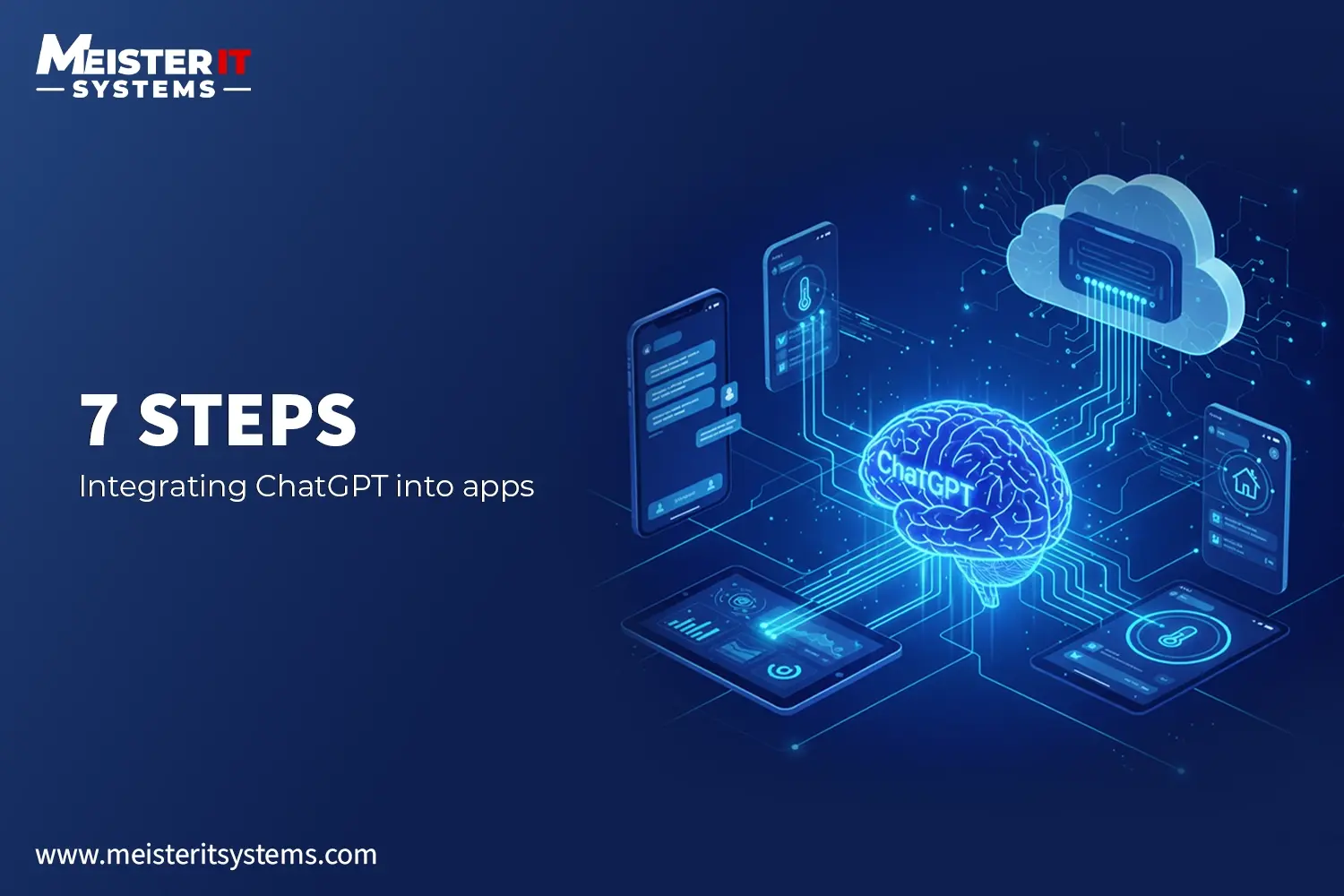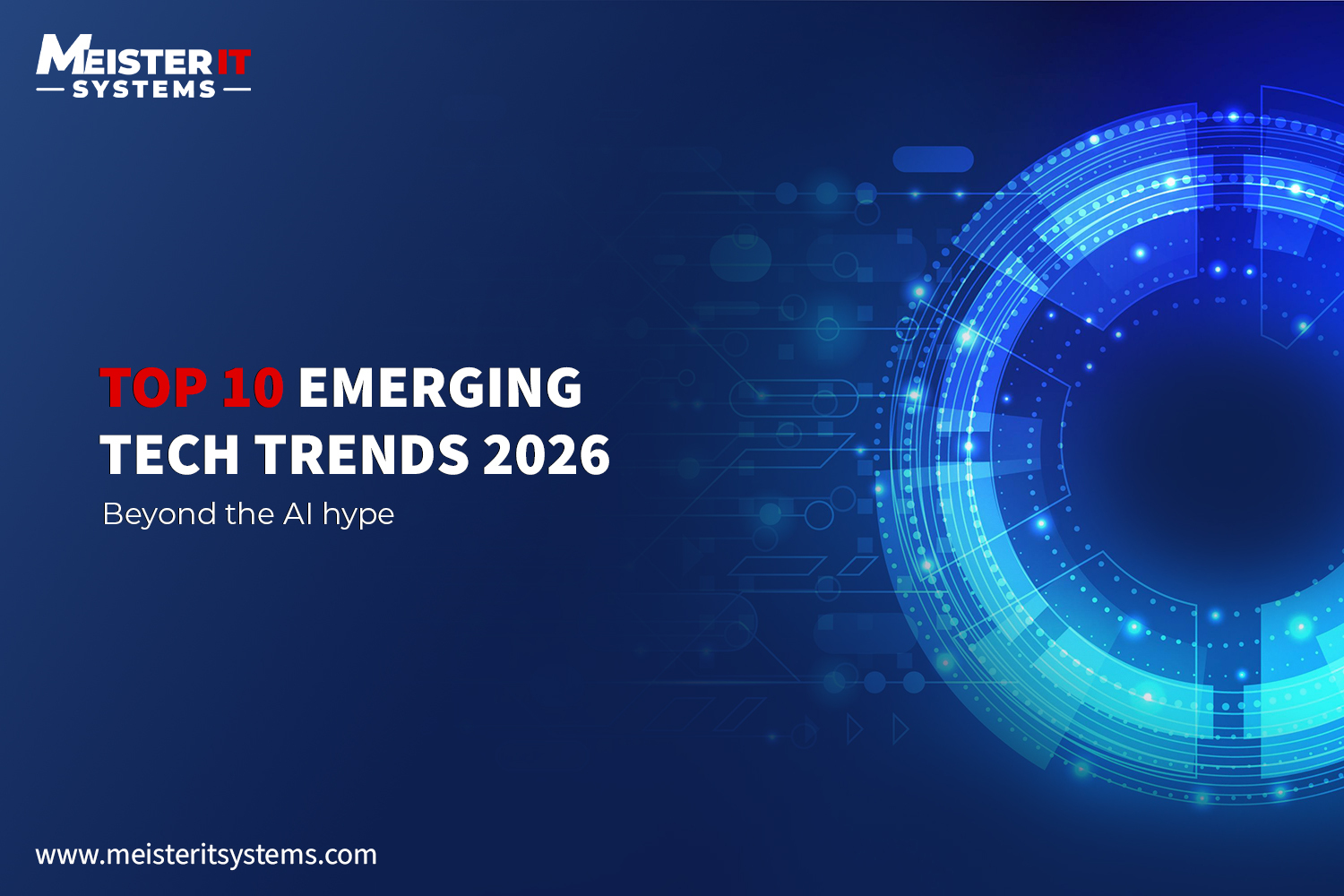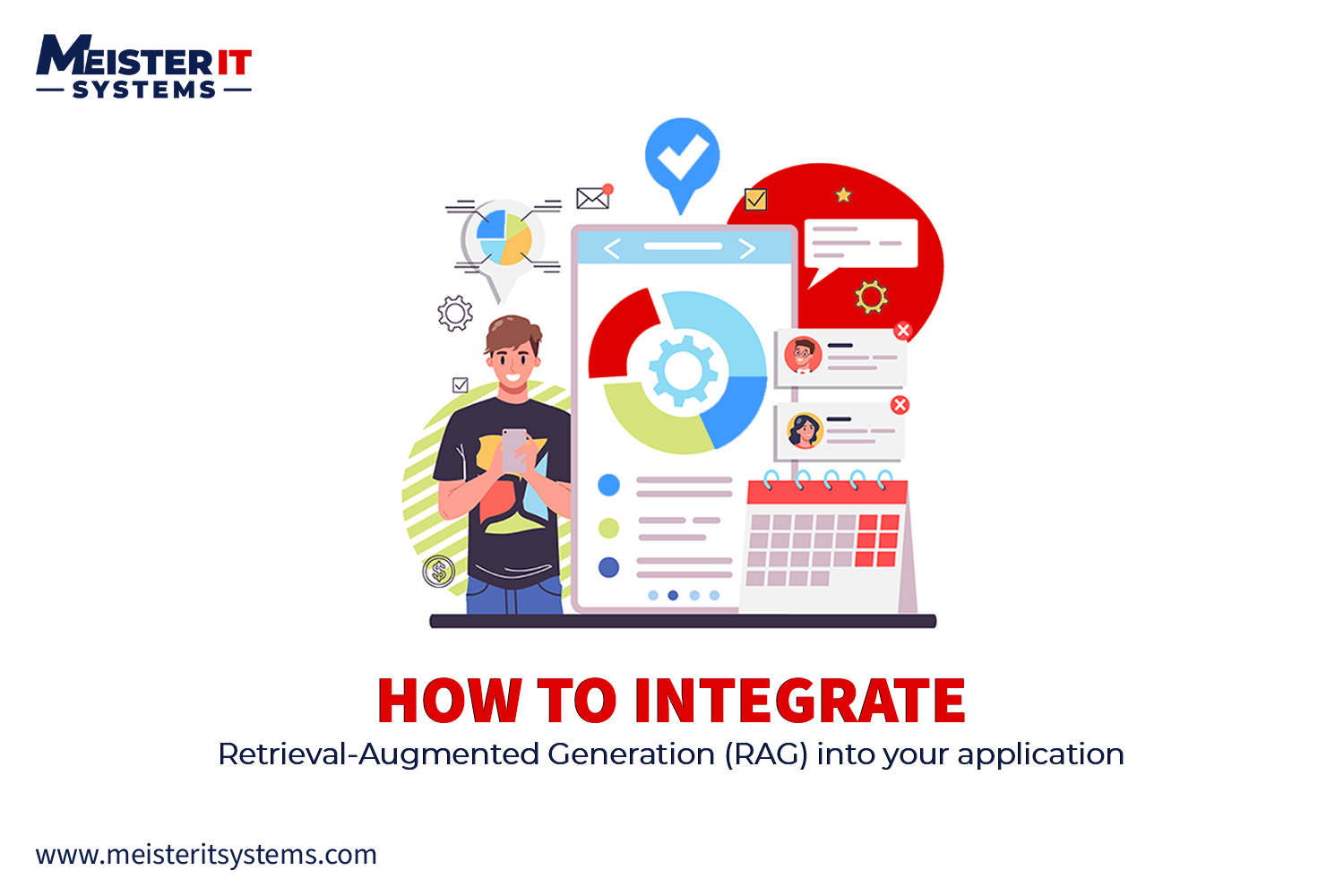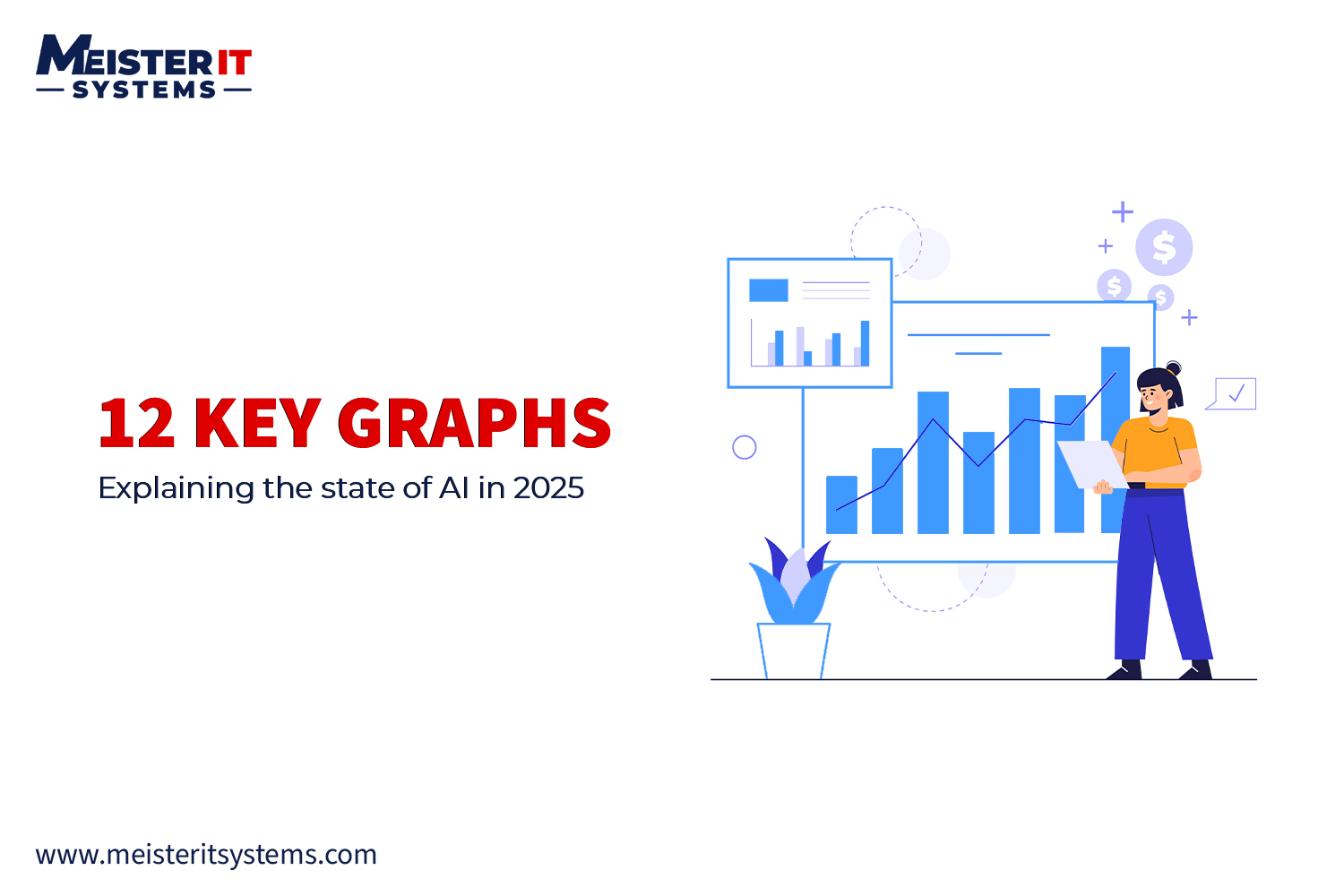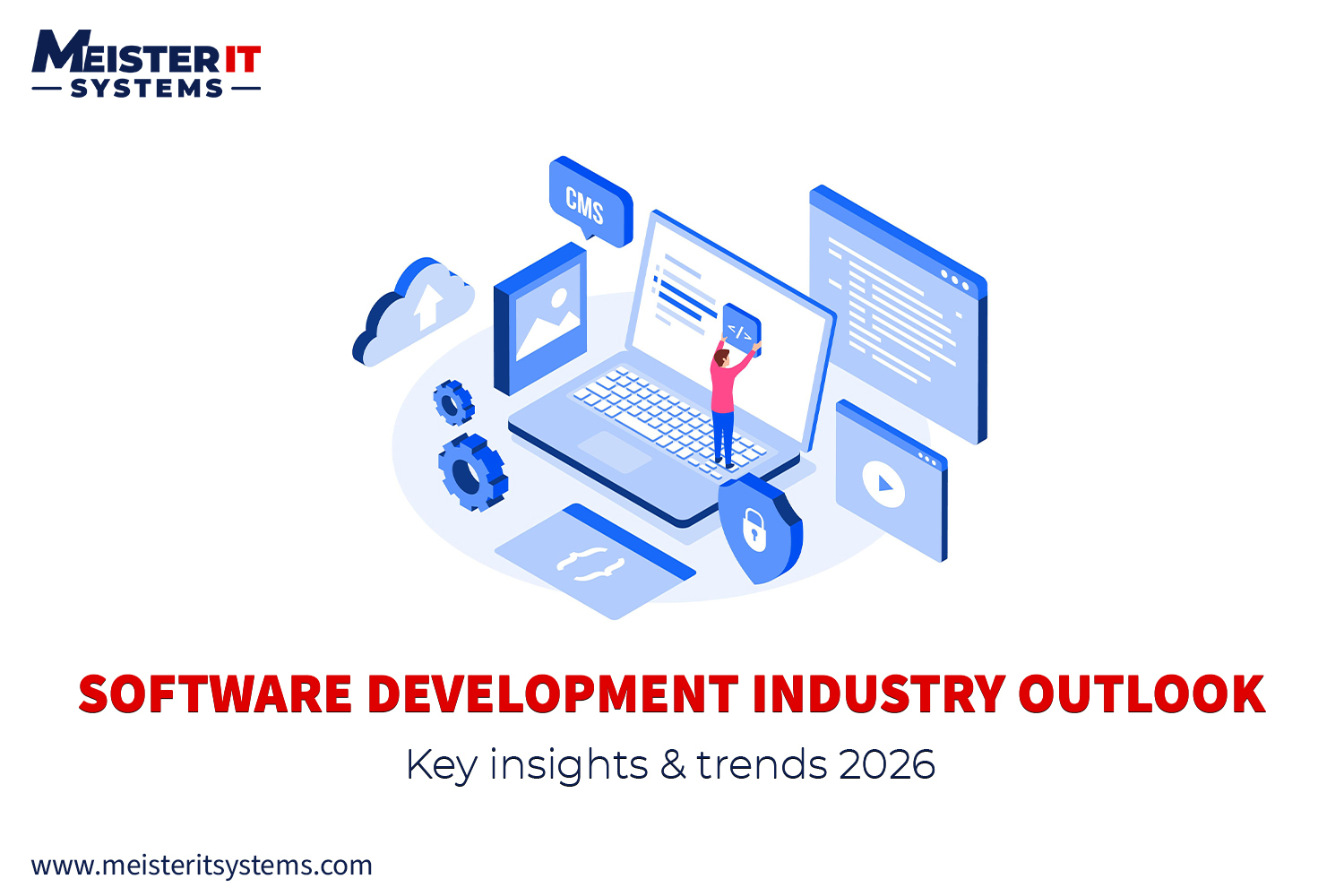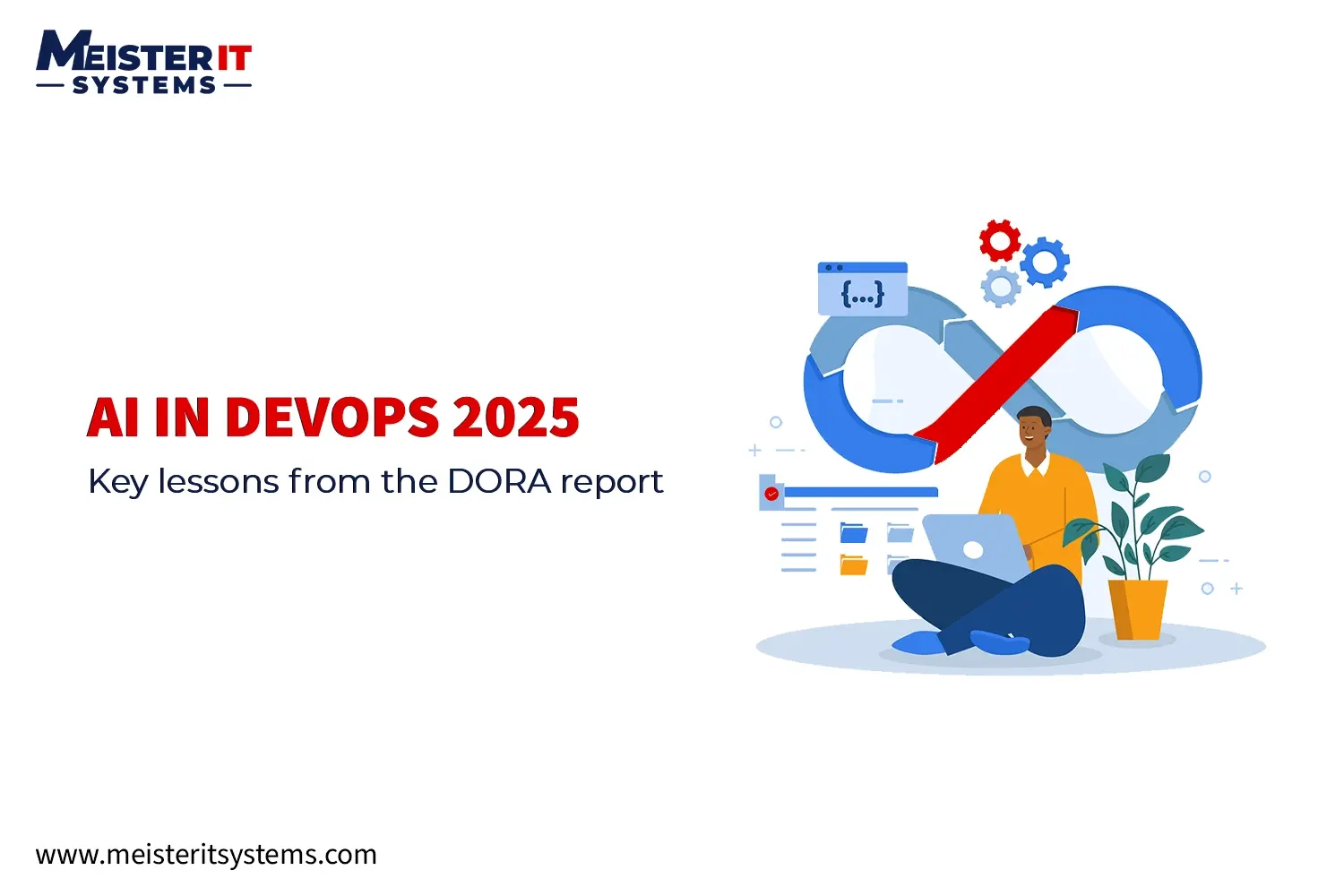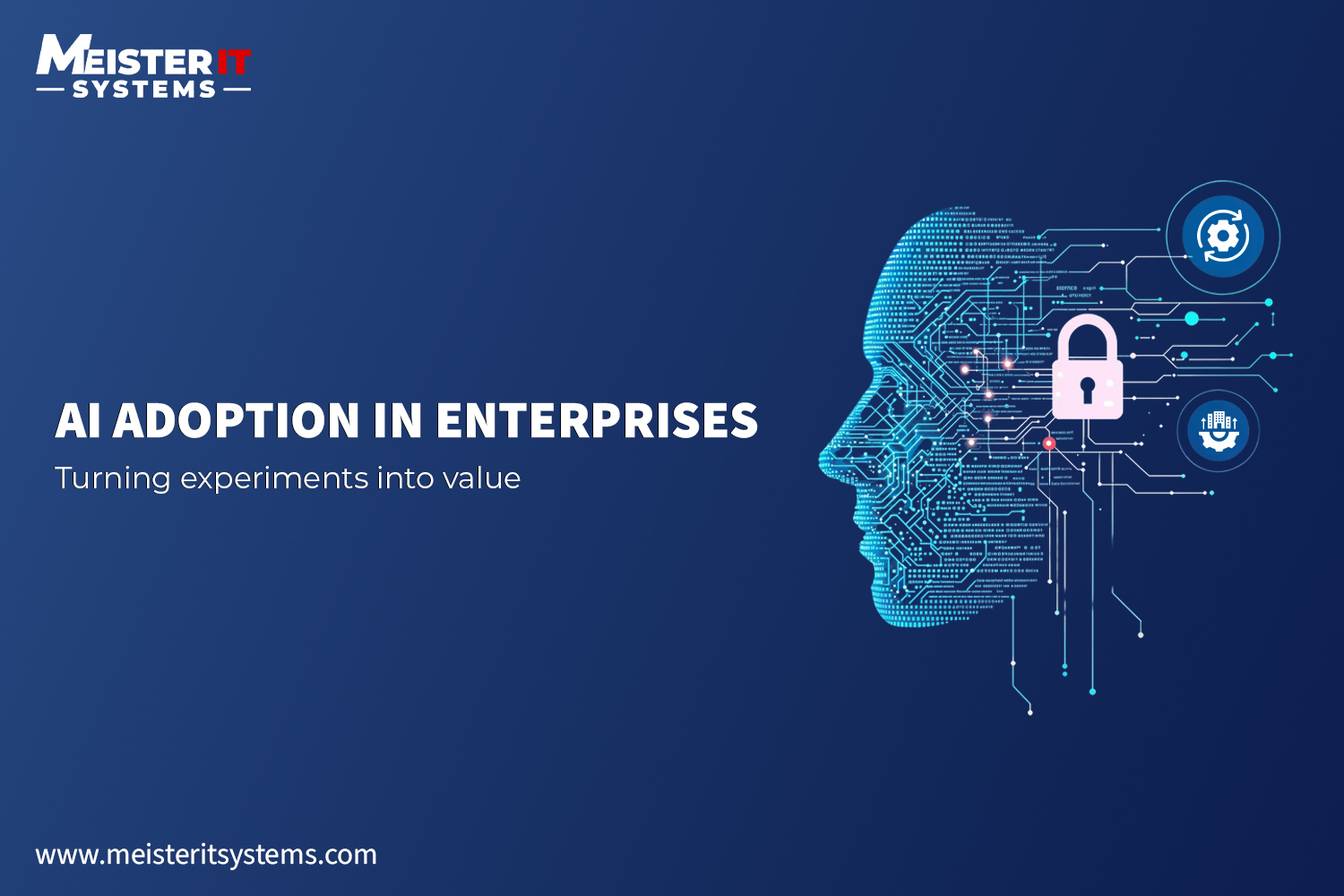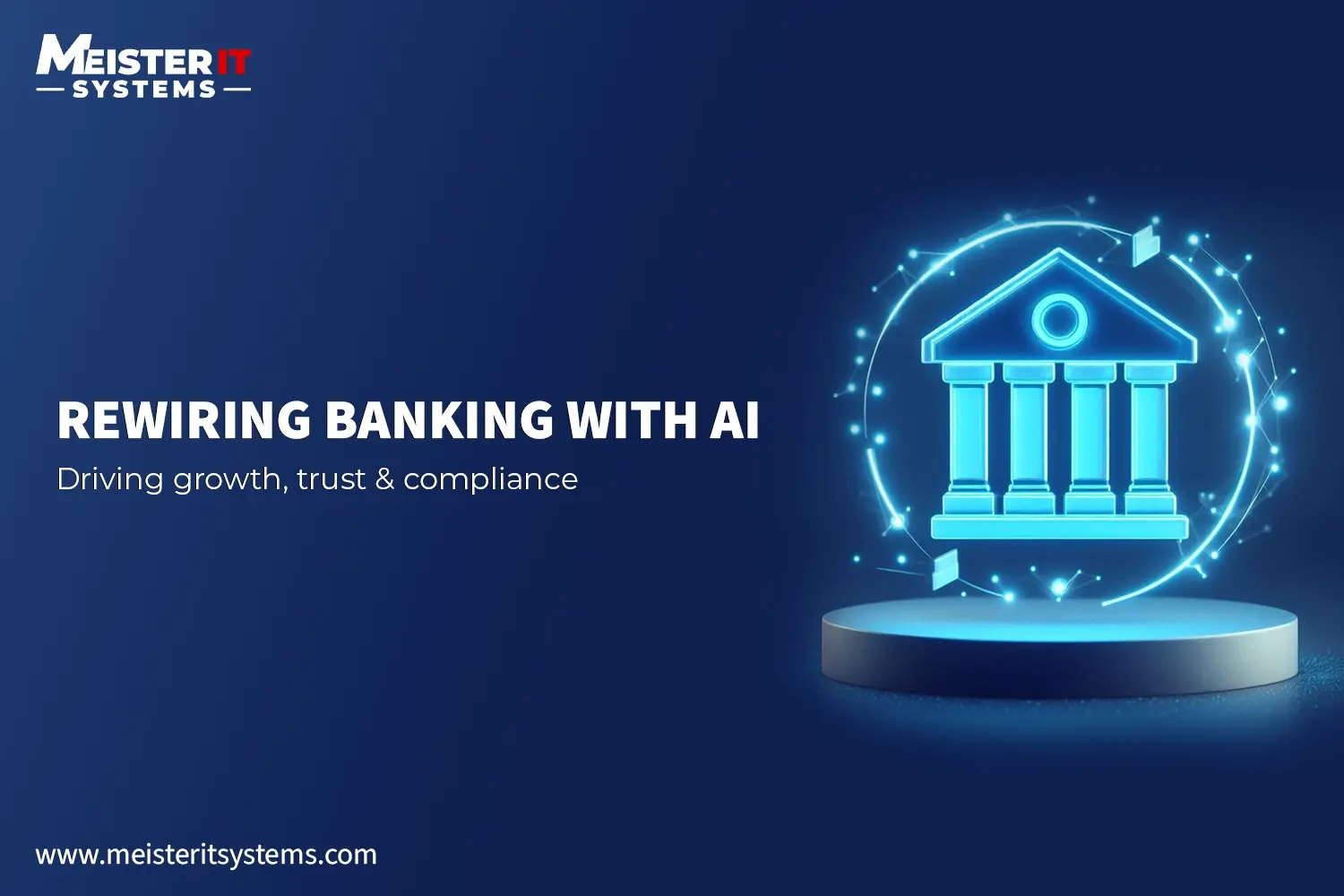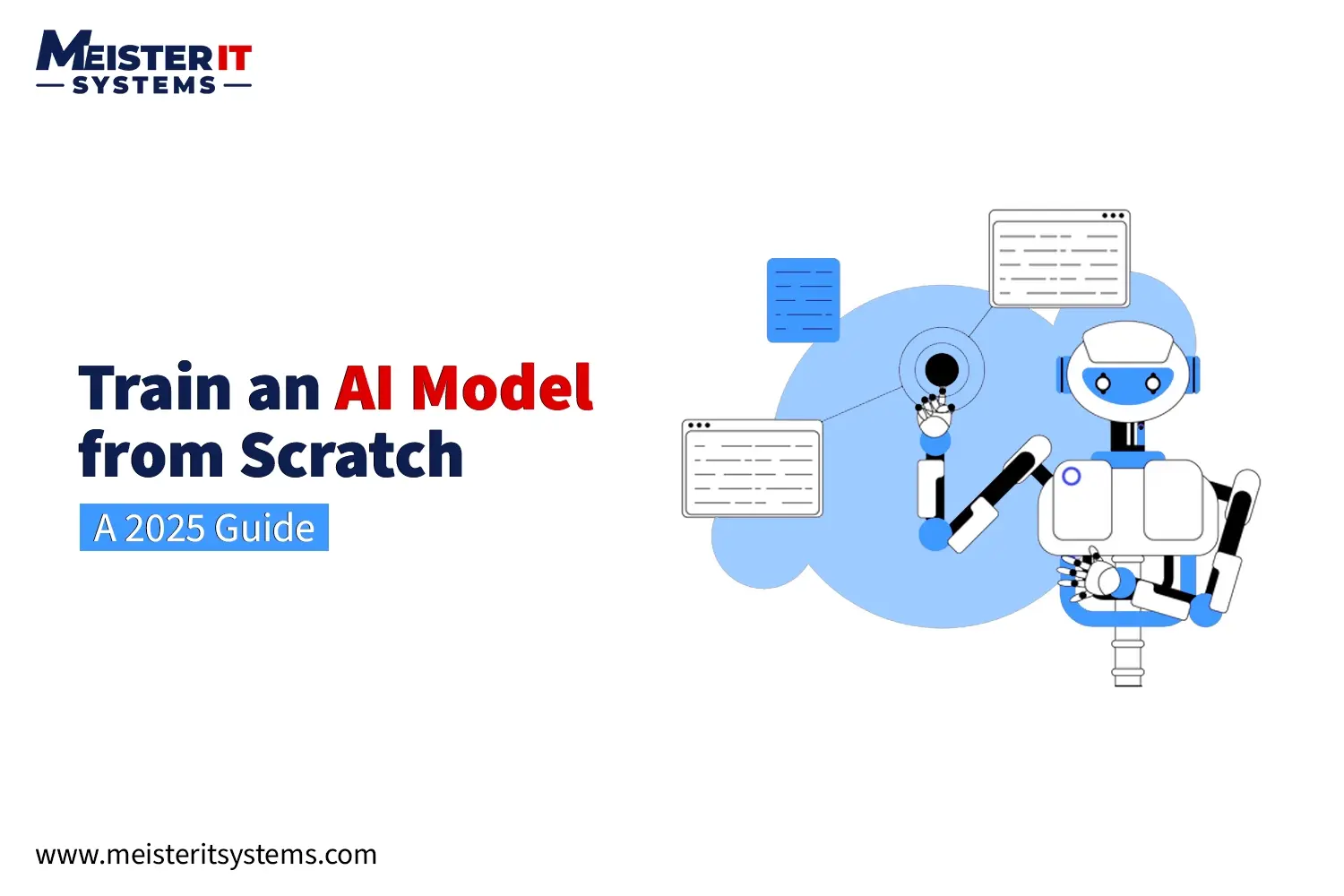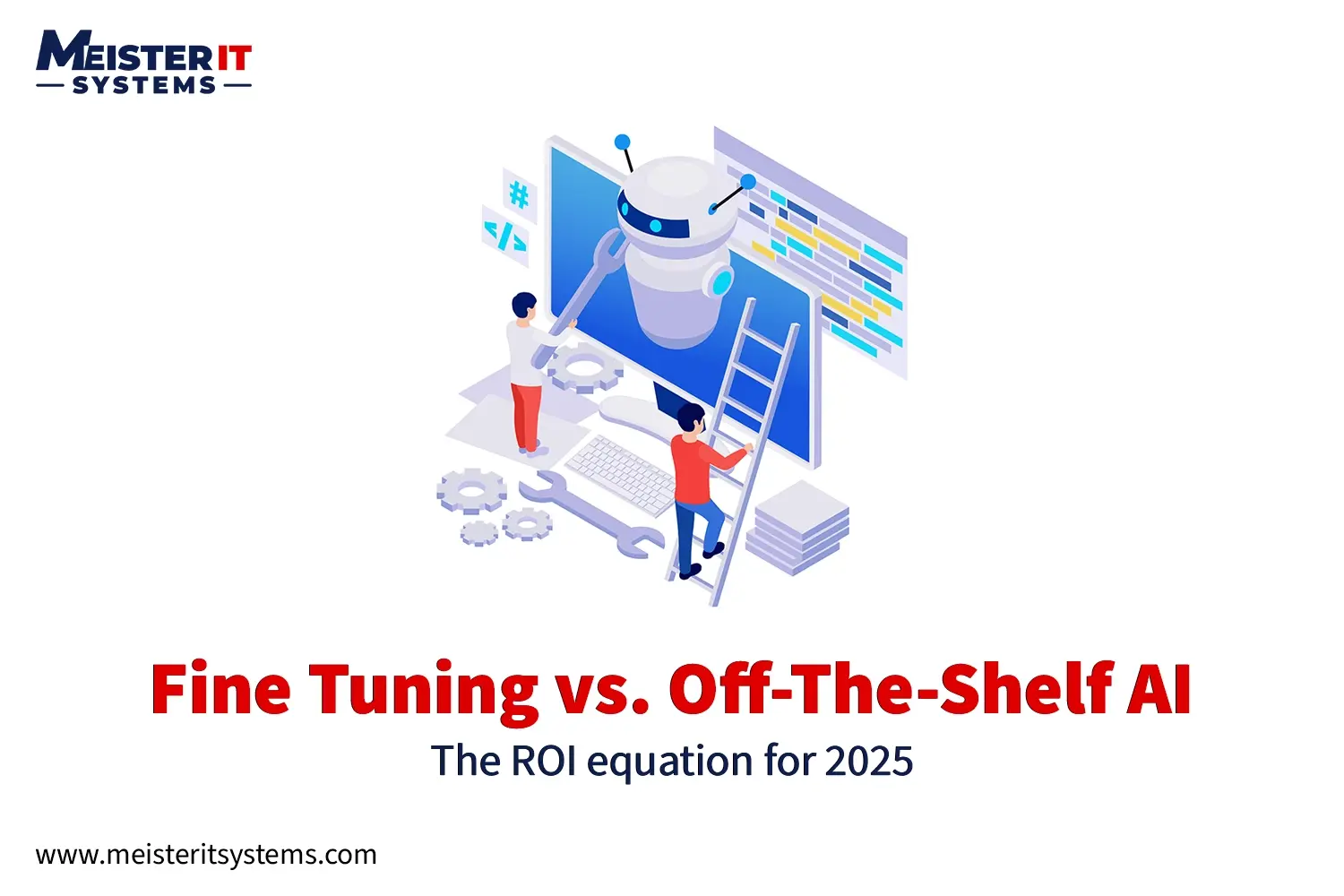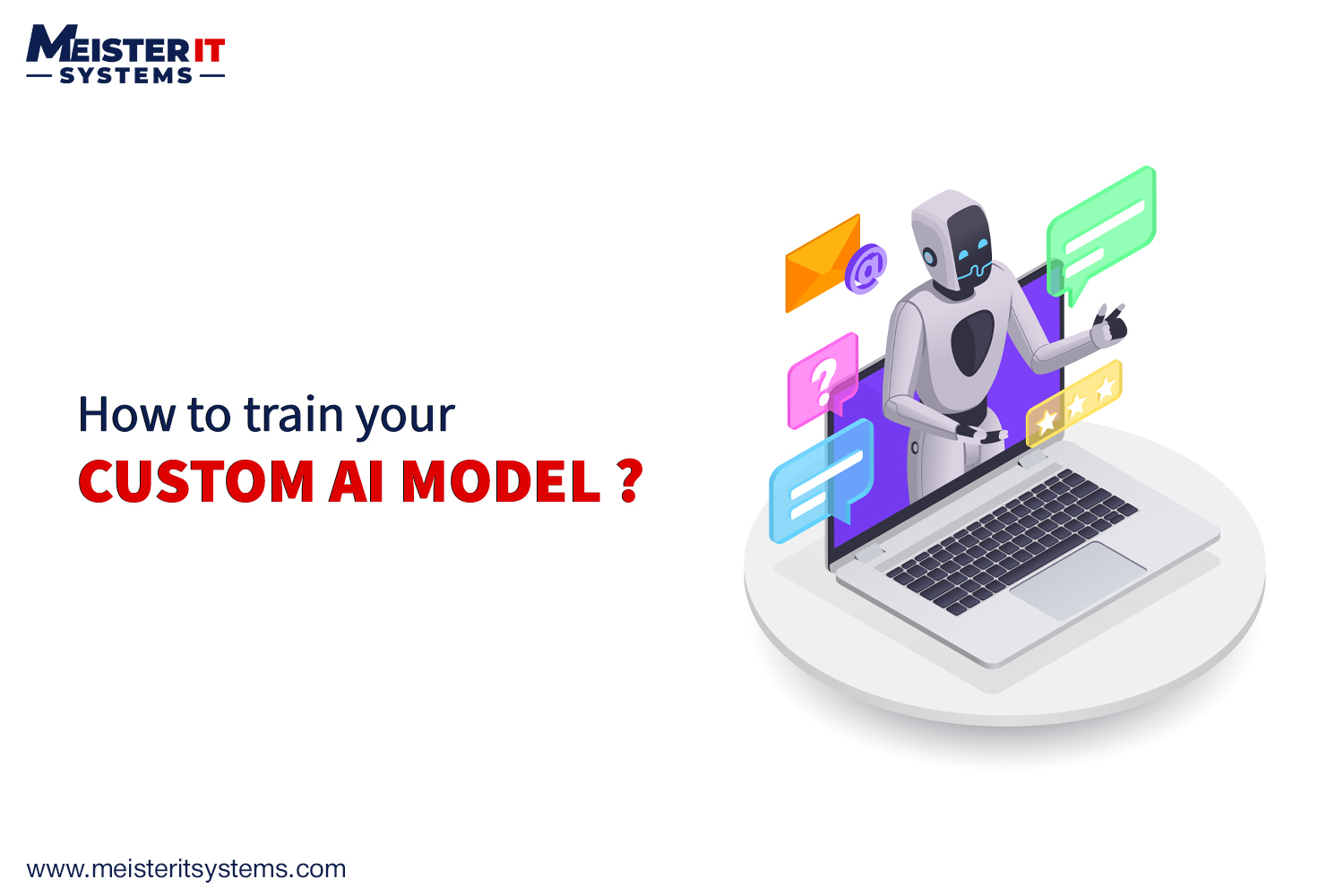
Introduction
Cybersecurity is entering a new era. For years, AI was a tool for defense, but now it is being weaponized. GPT-4 powered malware has emerged, capable of generating adaptive, intelligent threats that evade traditional security systems.
MalTerminal is the first malware to embed a large language model and generate custom attacks on demand. This is not a future scenario; it is happening now.
This blog covers:
- What MalTerminal is and how it works
- How GPT-4 is transforming cyber threats
- Practical steps CTOs can take to protect their organizations
MalTerminal: Where AI Meets Malware
MalTerminal was discovered by SentinelOne’s SentinelLABS team and presented at LABScon 2025. It is a Python-based Windows executable and the first malware to embed an LLM for dynamic attack generation.
Unlike traditional malware, which follows fixed instructions, MalTerminal uses GPT-4 to generate unique attacks in real time. A hacker can select ransomware or a reverse shell, and GPT-4 writes the payload using a hardcoded API key. Each execution differs, making detection by conventional security tools extremely difficult.
For CTOs, this represents a major shift: malware is now intelligent, adaptive, and unpredictable. Security strategies must evolve to keep pace.
What is LLM-Embedded Malware and How It Works
LLM-embedded malware uses AI to generate malicious logic on the fly. Some notable examples include:
- MalTerminal: Dynamically generates ransomware and reverse shells.
- LAMEHUG: Uses an LLM to create data theft commands.
- PromptLock: Produces malicious scripts locally using a smaller LLM.
The key point for technology leaders is clear. AI is no longer just a tool. It is now part of the attack itself. Traditional detection methods are insufficient. Security teams need new approaches to identify and respond to these threats.
Traditional Malware vs AI Malware
| Feature | Traditional Malware | AI-Powered Malware |
|---|---|---|
| Execution | Follows fixed instructions | Generates unique logic in real time |
| Detection | Signature-based tools are often effective | Signature-based detection fails; requires behavior monitoring |
| Adaptability | Limited | Highly adaptive and unpredictable |
| Scale | Relies on manual coding for variants | Can generate thousands of attack variants in minutes |
| Social Engineering | Often basic and repetitive | Hyper-personalized, human-like phishing and deception |
| Risk to Business | Moderate, predictable threats | High, unpredictable threats with financial, regulatory, and reputational impact |
Impact of GPT-4 AI on Modern Cybersecurity
The rise of GPT-4 malware has major implications:
- Adaptive Threats: Each malware execution can produce unique code, making signature-based detection nearly obsolete.
- Scale: AI can generate thousands of attack variants in minutes.
- Human-like Decisions: GPT-4 can craft attacks that mimic human behavior, increasing the success of social engineering attacks like phishing.
For CTOs, understanding these capabilities is essential. AI-driven threats require AI-aware security strategies rather than relying solely on traditional defenses.
Strategic Implications for CTOs
The rise of GPT-4 powered malware changes how technology leaders must approach cybersecurity.
1. Proactive Defense
Static defenses are no longer enough. Organizations should:
- Test for AI-specific vulnerabilities, such as prompt injection and LLM misuse.
- Monitor anomalies in system behavior and network traffic.
- Detect hidden API keys and unusual AI-driven activity.
The focus should shift from reactive to proactive security, emphasizing the detection of adaptive threats.
2. AI-Powered Security
The most effective defense against AI-driven attacks is AI-powered detection. Modern systems:
- Monitor behavioral patterns and dynamic code execution.
- Identify network anomalies that traditional tools often miss.
- Respond in real time to adaptive threats.
Integrating AI into your cybersecurity stack allows organizations to keep pace with intelligent attacks.
3. Training and Awareness
Teams must recognize subtle signs of AI-driven attacks, including hyper-personalized phishing emails or unusual network activity. CTOs should:
- Conduct regular training and scenario simulations.
- Run tabletop exercises to prepare staff for AI-driven threats.
- Educate teams on social engineering tactics powered by AI.
Preparing for the AI-Powered Cybersecurity Era
CTOs must act now to defend their organizations. Key steps include:
- Implement AI-based detection tools to monitor dynamic threats.
- Conduct proactive security audits to uncover AI-driven vulnerabilities.
- Educate teams on AI-powered threats and social engineering techniques.
- Test defenses against simulated AI attacks to evaluate resilience.
By taking these actions, organizations gain an advantage over attackers using AI to create adaptable, unpredictable threats.
Future Outlook: The Evolution of AI Malware
AI malware is evolving rapidly. GPT-4 and future LLMs will make attacks faster, adaptive, and harder to detect. Malware can autonomously analyze networks, craft hyper-targeted social engineering campaigns, and evade conventional defenses in real-time.
For businesses, the risks go beyond technical disruption:
- Financial loss from data theft, ransomware, or fraud.
- Regulatory non-compliance if sensitive data is exposed under laws like GDPR or HIPAA.
- Reputational damage that undermines customer trust and investor confidence.
CTOs should anticipate these developments:
- Automation: Less human input will allow malware to act faster and more unpredictably.
- Smarter social engineering: AI-generated messages may closely mimic legitimate communications.
- Multi-vector attacks: AI may coordinate simultaneous attacks, increasing damage potential.
- Continuous evolution: AI malware will test and refine itself, adapting to defenses.
Proactively planning for these trends ensures organizations maintain resilience in the face of increasingly intelligent AI threats.
Industry Case Studies and Real-World Examples
Real-world and research-driven cases highlight how quickly AI-powered malware is evolving:
- MalTerminal (Discovery): Detected by SentinelOne’s SentinelLABS and presented at LABScon 2025. This is the first real-world malware embedding GPT-4 to dynamically generate ransomware and reverse shell attacks.
- LAMEHUG (Simulation): Demonstrated in controlled enterprise testing, showing how an LLM can generate data theft commands and adapt to different environments.
- PromptLock (Proof-of-Concept): A research initiative proving that smaller, offline LLMs can create malicious scripts locally, bypassing cloud-based monitoring and detection.
Key Takeaways for CTOs
- Adaptability: AI malware is unpredictable and does not rely on static instructions.
- Behavior Monitoring: Unusual network or AI-driven activity can be an early warning sign.
- Staff Training: Teams should recognize AI-generated phishing and suspicious internal activity.
- Simulation Testing: Red team exercises with AI attack scenarios improve readiness.
By distinguishing between active threats, simulations, and proof-of-concepts, technology leaders can better assess risk levels and prioritize their cybersecurity strategies.
Conclusion
MalTerminal proves that GPT-4 powered malware is real and evolving. AI-driven attacks are dynamic, adaptive, and difficult to detect using traditional methods. CTOs must adopt AI-powered detection systems, conduct proactive security audits, and train technology teams to recognize and respond to these new threats. Ignoring AI in cybersecurity leaves organizations vulnerable to intelligent, evolving attacks.
Don’t wait for the next attack.
Contact MeisterIT Systems to implement AI-driven defenses and secure your organization today!
FAQs: Your Questions Answered
Q1: What is MalTerminal?
A1: MalTerminal is the first malware known to embed a large language model (GPT-4) to generate dynamic ransomware or reverse shell attacks in real time.
Q2: How does GPT-4 change malware attacks?
A2: GPT-4 allows malware to create unique payloads for each execution, making traditional signature-based detection methods less effective.
Q3: Who is at risk from AI-driven malware?
A3: All organizations with digital assets are at risk, but enterprises with large networks, cloud infrastructure, or sensitive data are particularly vulnerable.
Q4: Can AI help defend against AI-powered malware?
A4: Yes. AI-driven security tools can monitor network patterns, detect dynamic code execution, and identify anomalies faster than conventional systems.
Q5: What steps should CTOs take immediately?
A5: CTOs should implement AI-based detection tools, conduct security audits focused on AI vulnerabilities, train staff on new attack types, and simulate AI-driven attack scenarios.
Q6: Is AI malware detectable before it executes?
A6: Detection is challenging because AI malware generates unique code at runtime. Behavioral monitoring, anomaly detection, and AI-assisted scanning improve early detection.



